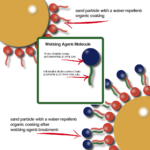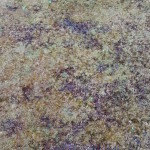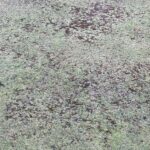
The management of bowling greens often presents complex challenges, one of the most prevalent being the occurrence of localised dry patch (LDP) due to hydrophobic soil conditions. Addressing this issue effectively is crucial for the health and performance of your green and wetting agents have emerged as a key tool in this endeavour.
However, concerns have been raised about the potential toxicity of commonly used chemical wetting agents, leading to a call for safer, more environmentally friendly alternatives.




